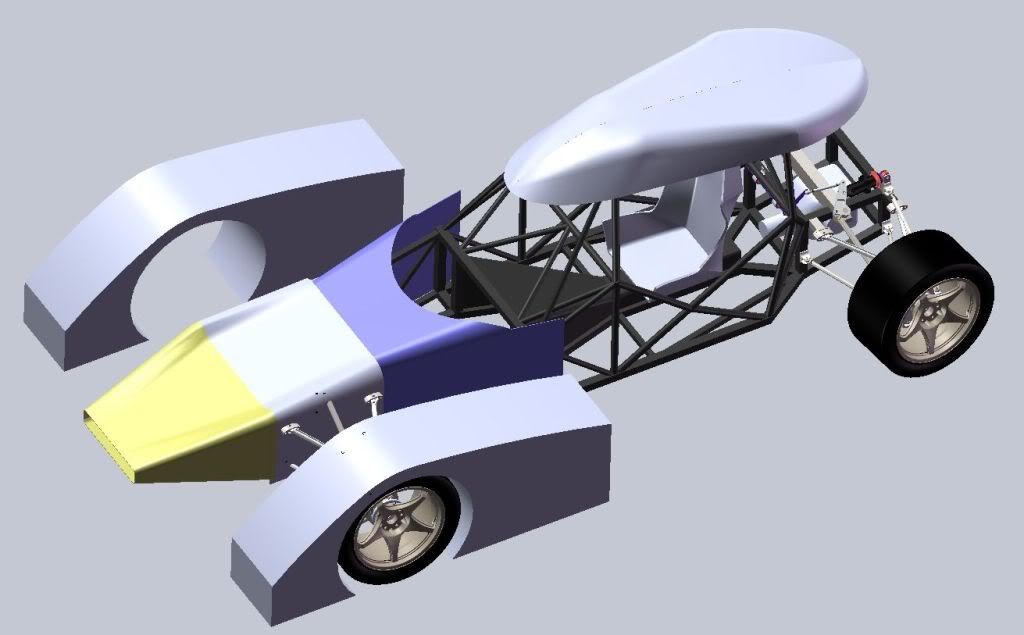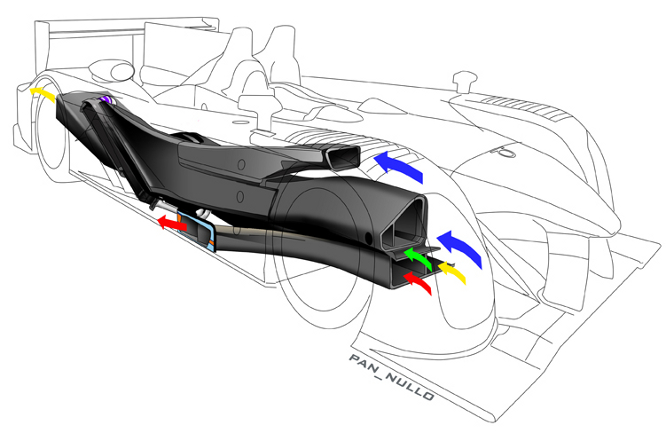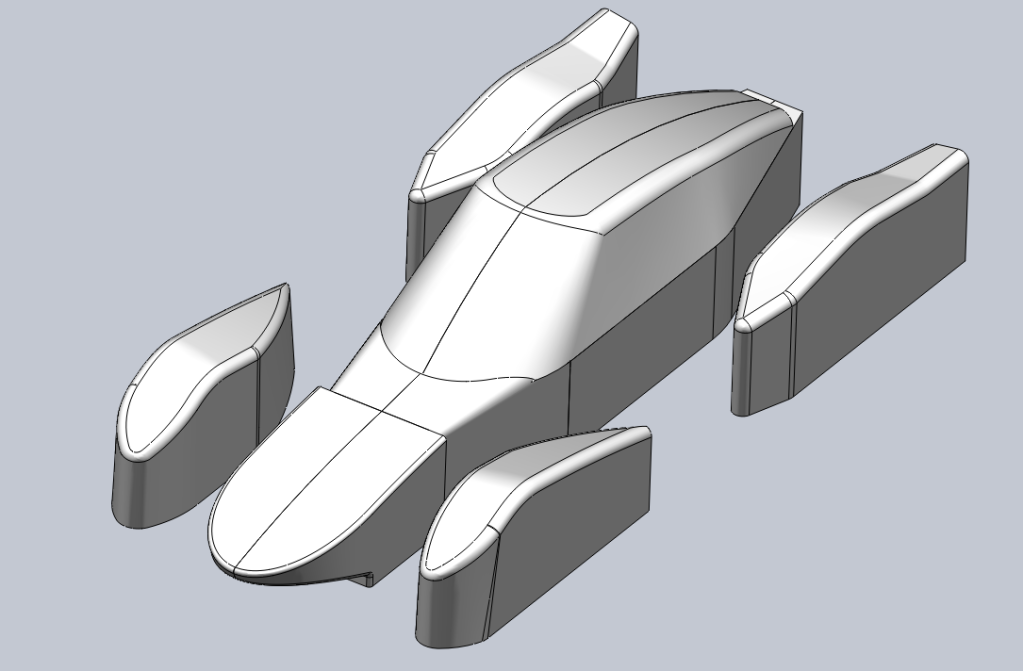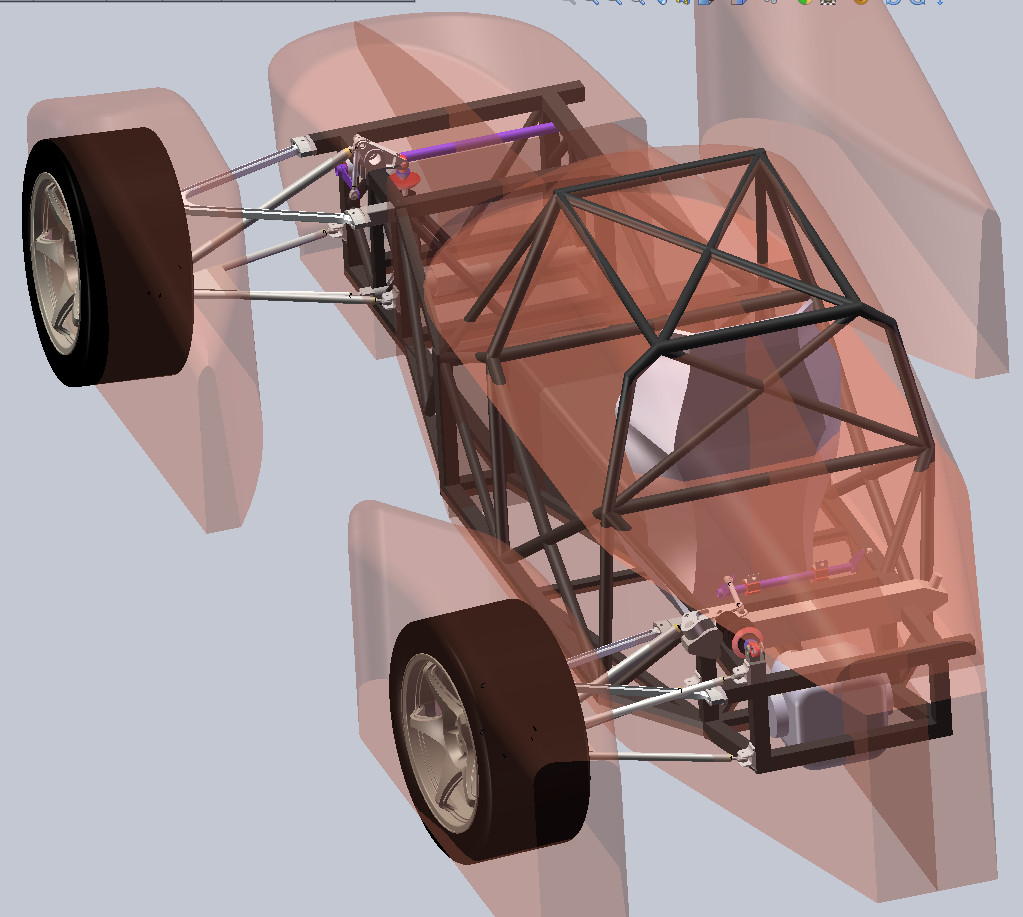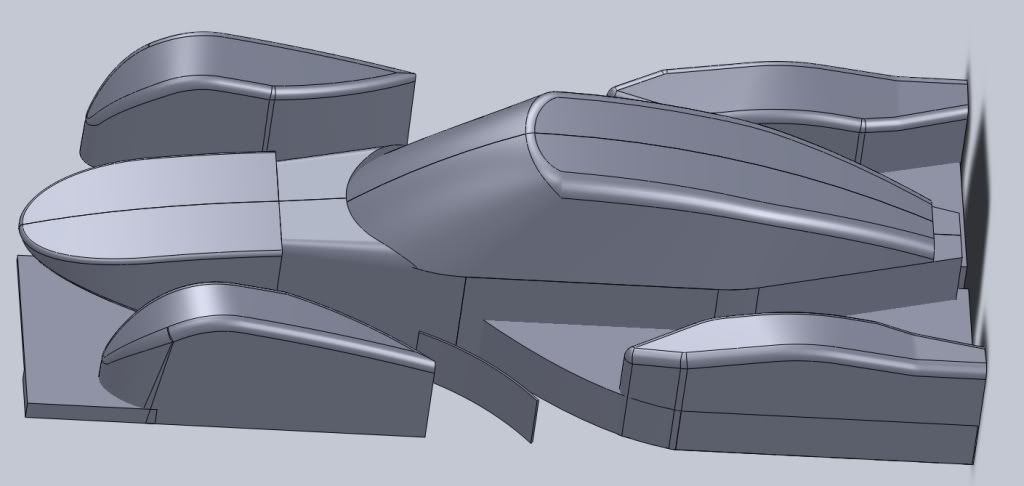100%antidive would mean the car does not dive at all. 150% antidive would mean the front actually lifts while breaking. You also have antisquat, antilift,etc.
All this determine a "pitch center" which would be(suposedly) the point where the car rotates, as seen from lateral view.
There's lots of discussion as where that point should be. I don't really know and don't give much importance to that( should I?).
You can say(similar to what with roll center, but in lateral view) that if the pitch center is behind the car(rear axle), both suspensions will compress when breaking, and extend when accelerating.
It's basically the same thing of roll center but in lateral view.
One could also talk of %anti-roll, which would be 100% if the roll center was at CoG height.
Hope I answered your question.
EDIT: As an example of the uses of these, those anti's generate "instant" weight transfer which could be bad. I know a FWD car that used 100%antilift in the front because it was very sensitive to height changes(aerodynamic reasons). Every time they throttled out of a corner the nose raised and understeered, hence the reason.
EDIT2:
"The pitch axis is a line drawn between the left and right pitch centers. This is the axis about which the suspended mass pitches about. This axis is often called the kinematics pitch axis."



